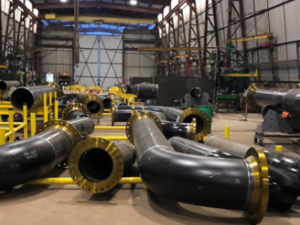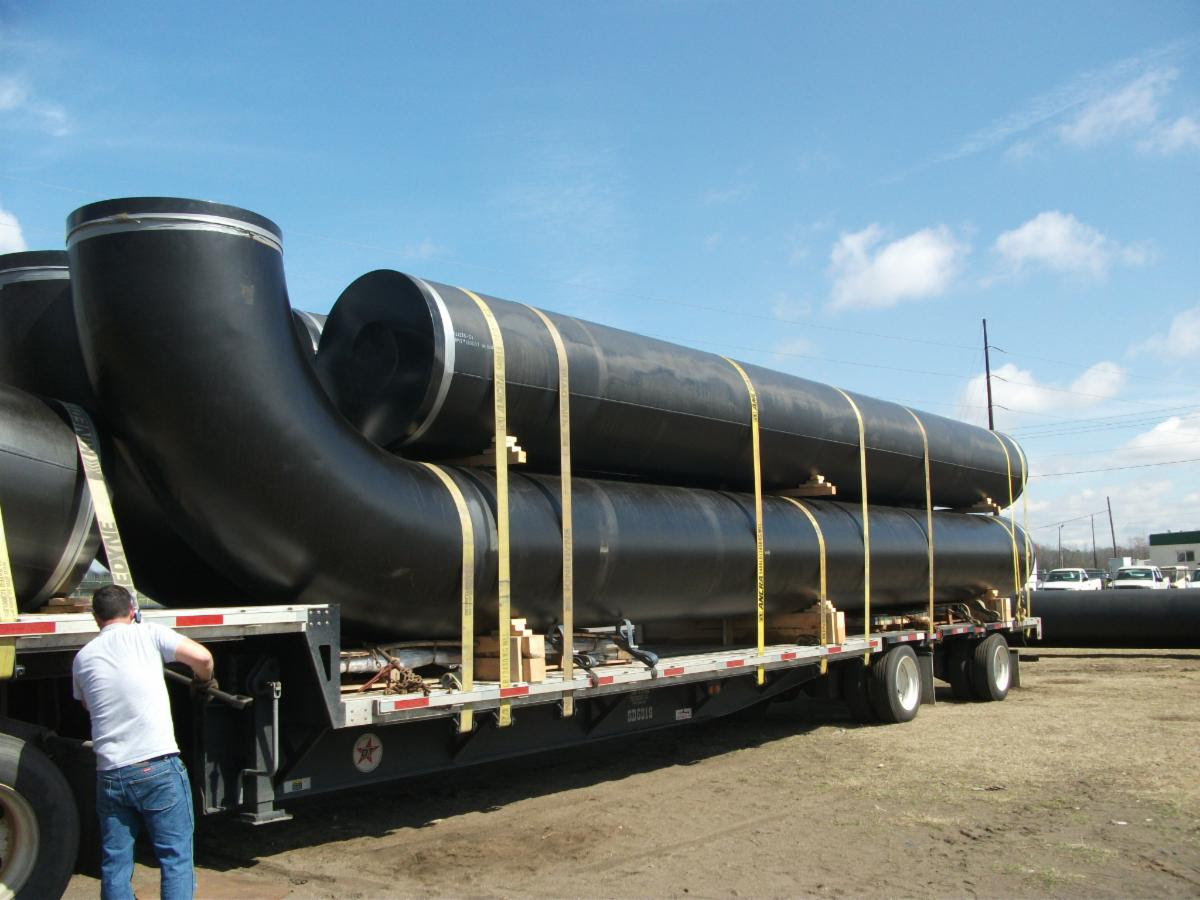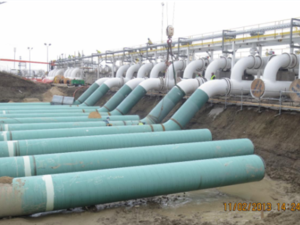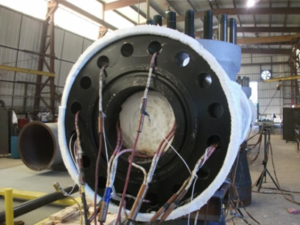The Challenges to a Green Hydrogen Future
| The Challenges to a Green Hydrogen Future |
Hydrogen, unlike other fossil fuels, does not yield any carbon dioxide when it is burned, only water vapor. However, the vast amount of hydrogen produced today uses natural gas or methane in the process, thus emitting “greenhouse gases” as an aftereffect. This is called “gray” hydrogen. Hydrogen that relies on renewable sources like wind, water or solar for its production is called “green” hydrogen. Green hydrogen is emissions free and thus the interest from the public and private sectors.
Yet the road to a green hydrogen future will be a challenging one as the cost of producing green hydrogen is very expensive. According to a recent CNBC article: “Making hydrogen from natural gas costs about $1.50 per kilogram. In comparison, clean (green) hydrogen costs about $5 per kilogram.” Some estimates cite the cost as high as $7.50 per Kilogram. Let’s look at cost and safety:
- The process of splitting water into hydrogen and oxygen, electrolysis, is very electricity-intensive, as is the cost of electrolyzers themselves. According to Shell, electrolyzer efficiencies range from 60 to 80%, also adding to the production costs. In short, the scale-up of green hydrogen production will require land and water availability, infrastructure construction and newer efficient technologies.
- According to the Department of energy, “Growth in (green) hydrogen demand will require regional expansion of infrastructure and development of new technologies, such as chemical carriers to transport hydrogen at high density and high-throughput fueling technologies for heavy-duty fuel cell transportation.” Since the point of end use might be an industrial facility, power generator, or fueling station, a viable hydrogen infrastructure will be required involving pipelines, liquefaction plants, trucks, storage facilities, compressors, and dispensers involved in the process of delivering fuel.
- Key challenges to hydrogen delivery include reducing cost, increasing energy efficiency, maintaining hydrogen purity, and minimizing hydrogen leakage. Further research is needed to analyze the trade-offs between the hydrogen production options and the hydrogen delivery options when considered together as a system.
- Building a national hydrogen delivery infrastructure is also a big challenge. It will take time to develop and will likely include combinations of various technologies. Delivery infrastructure needs and resources will vary by region and type of market—for example, urban, interstate, or rural. Infrastructure options will also evolve as the demand for hydrogen grows and as delivery technologies develop and improve.
- Hydrogen is a very small molecule, has a propensity for escaping and is highly flammable. When ignited, the flames are almost invisible! Hydrogen is odorless, colorless, and tasteless, so most human senses won’t help to detect a leak. Throughout green hydrogen’s production, storage and handling, detection equipment and the reduction of ignition sources are paramount for the safety of the workers and the operation.
In the 1937 classic, Think and Grow Rich, Napolean Hill writes: “Every adversity contains, at the same time, a seed of equivalent opportunity!” As we have discussed the challenges involved with the development of green hydrogen, next month our newsletter will address the opportunities that green hydrogen presents for companies involved in the energy market.
To learn more about who Dixie is, visit our About page.







Stay Connected